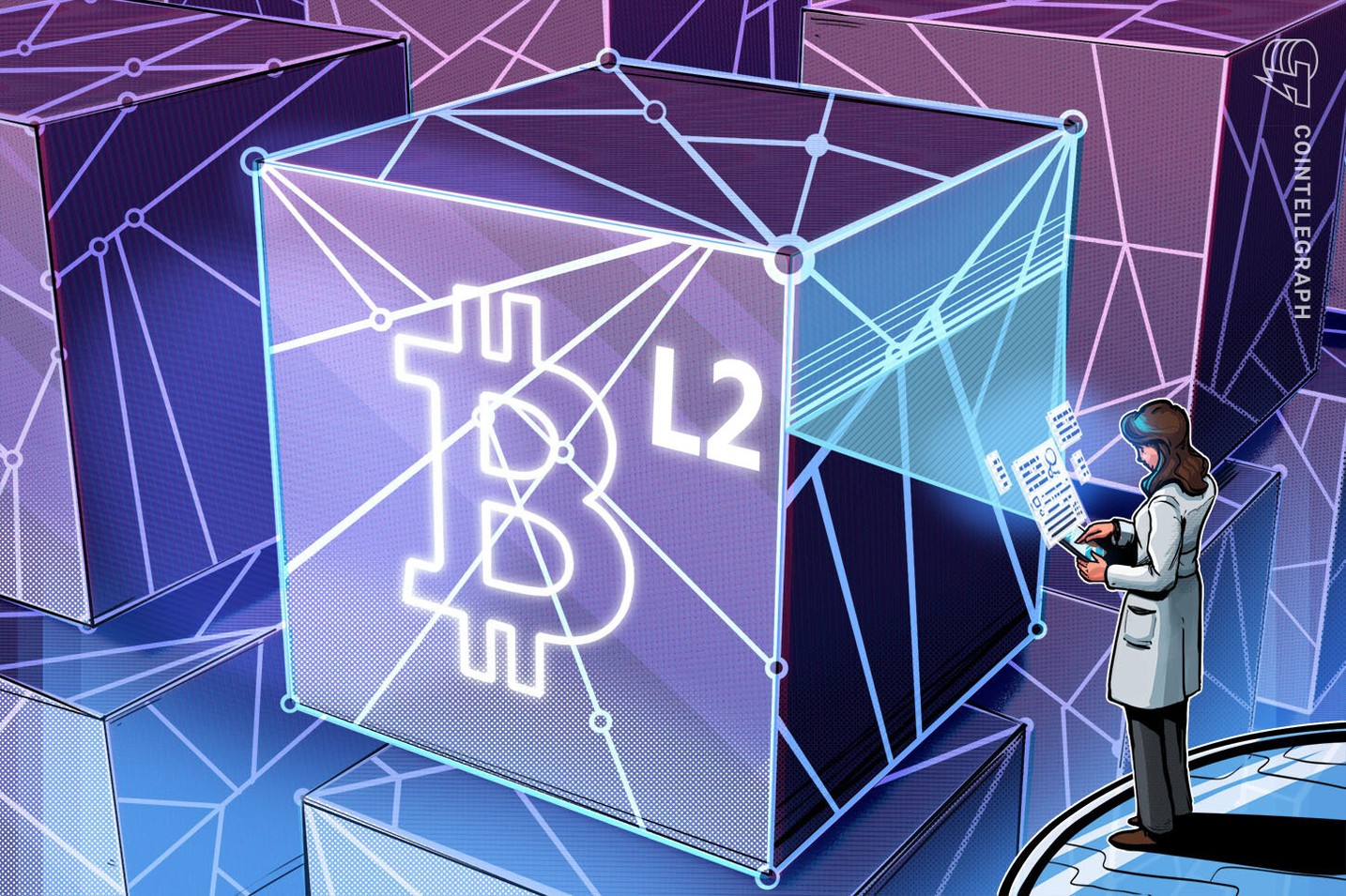Bitcoin News, Crypto News
The Bitcoin Landscape: L2 Solutions Experience Adoption Surge, Yet Security Must Improve
Understanding Bitcoin: The Rise of Layer-2 Solutions and Security Concerns
The Bitcoin 2024 conference brought to light numerous protocols that are advancing the Bitcoin blockchain. The event highlighted both the potential and the challenges that are arising in this space.

Layer-2 solutions, designed to operate atop the Bitcoin blockchain, are gaining traction, inspired by years of innovation within the Ethereum ecosystem. These solutions aim to integrate decentralized finance (DeFi) into the foundational Bitcoin network.
While Bitcoin layer-2 solutions have quickly locked millions in value, they remain in their early stages. This development phase is accompanied by various hurdles, particularly concerning security and user experience.
Engagement from the Investment Sector
One notable participant in the Bitcoin ecosystem is Franklin Templeton, an investment management firm that not only issues Bitcoin exchange-traded funds but also supports emerging layer-2 protocols like Bitlayer.
Charlie Hu, co-founder of Bitlayer, indicates that Franklin Templeton is exploring ways to generate yield for its clients through the Bitcoin network. He stated:
“They’re coming. Franklin Templeton is one example. They are actually not just investors. They actually want to use it. They have significant Bitcoin exposure and aim to earn more yield for their clients.”
In July, Bitlayer successfully closed an $11 million Series A funding round with contributions from Templeton and ABCDE. The platform provides a more scalable method for processing transactions on the Bitcoin network, allowing developers to create applications directly on Bitcoin rather than relying on Ethereum.
Since its mainnet launch, Bitlayer has reportedly secured $409 million in value locked on its chain, primarily driven by institutional clients looking for additional revenue opportunities in the crypto market, according to Hu:
“They want different tiers of risk-type appetite from users. We provide various risk levels and reward opportunities. […] For example, real-world assets can yield between 10% to 15%, compared to Treasury Bonds at 6%.”
Security Challenges with Layer-2 Solutions
In recent years, Ethereum layer-2s and bridges have often been targeted by hackers, raising concerns that Bitcoin layer-2s may face similar risks as they mature.
Alexei Zamyatin, co-founder of Build On Bitcoin (BOB), expressed concern about the security of transferring tokens across different layers, stating:
“The big question at the core of this whole security model is how do I get them [tokens] out?”
To address these security challenges, BOB’s team is conducting research on BitVM, a virtual machine aimed at executing smart contracts directly on the Bitcoin blockchain. Zamyatin noted that this system could facilitate secure rollups that maintain Bitcoin’s security integrity:
“We’re contributing to BitVM on the research side and really hope to see that come to production and allow us to use Bitcoin securely across these layers.”
Since 2015, Zamyatin has focused on Bitcoin research, co-founding BOB to offer a hybrid approach that integrates elements from both Bitcoin and Ethereum. The protocol has garnered investment exceeding $11 million from various backers.
Innovations in Gaming, NFTs, and Beyond
Protocols developing within the Bitcoin network aim to bridge the utility gap between Bitcoin and other layer-1 blockchains like Ethereum. This involves creating alternatives for crypto-based gaming, non-fungible tokens (NFTs), and other on-chain protocols.
B² network co-founder Calvin stated, “Bitcoin is the entry point for the non-crypto world. People generally hear about Bitcoin before Ethereum, and I believe Bitcoin can serve as that initial gateway.”
This protocol offers a data availability layer on the Bitcoin blockchain, essential for ensuring secure decentralized applications. This layer guarantees that all nodes in a network have access to the necessary data for transaction validation. For example, in a blockchain game, this ensures that player interactions and asset movements are stored in a decentralized way.
A dedicated layer for NFT transactions could have alleviated the congestion experienced in 2023 during the surge of the Ordinals protocol, which significantly increased transaction fees on the Bitcoin blockchain. Calvin articulated, “We are committed to building this scalable Bitcoin architecture and decentralizing all unsecured components. Our priority is to build the infrastructure and add security layers.”


